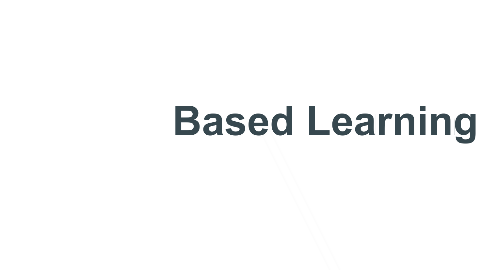
The "based learning" list continues to grow as new aspects of the world connect with education. Since there are so many variations, we will call it X-based learning.
Let's start with the definition of "X"-based learning.
X-based learning is an educational approach in which instruction is organized around a central concept, principle, or method for students to acquire knowledge and skills. This approach emphasizes hands-on activities and practical application, allowing learners to explore, investigate, and understand the subject in a deeper and more meaningful way.
Since the list of "X"-based learning is so large, we will focus on four specific approaches. Project, Place, Problem, and Play.
Project |
Place |
Problem |
Play |
Focuses on students solving real-world problems or complex questions through projects. |
Focuses on the local community and environment. |
Focuses on an open-ended problem that students must solve. |
Focuses on student learning through play, encouraging creativity and natural exploration. |
Each approach is different, but they all have the same goals:Actively engaging students in learningConnecting to the real worldStudent-centeredSupporting the development of skills like critical thinking, problem-solving, collaboration, communication, and creativity.Driven by inquiry and exploration.Flexible and based on student readiness. |
- Click here if you are interested in investigating other "X"-based learning models.
-
Object - Uses objects like artwork or artifacts to create student learning experiences.
Game - Uses games to enhance student learning
Park - Focuses on exploring and protecting National Parks.
Land - Integrates teaching from Indigenous Knowledge Carriers to the traditional curriculum.
Design - Uses Design Thinking to create student learning experiences.
Service - Connects with community partners to develop student learning experiences.
Work - Learning skills and knowledge in the workplace.